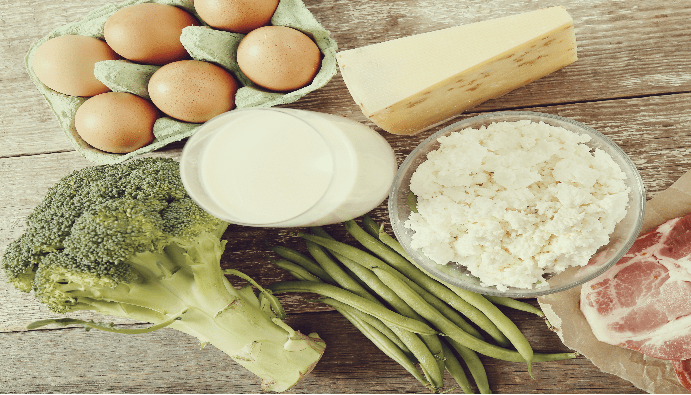Shelf Life Studies in Foods: Quality and Safety Assessment
How is the Shelf Life of Foods Determined? What are the Factors Affecting Shelf Life?

What is Shelf Life and Why is it Important?
Shelf life is the period of time during which a food can be offered to the consumer while maintaining its quality, safety and sensory properties under the specified storage conditions. Shelf life is usually indicated on the product label as “Best Before Date (BOD)” or “Recommended Use By Date (RAD)”.
Importance of Shelf Life Studies
- Consumer Safety: Shelf life ensures that food products are safe for the consumer.
- Quality Management: Determined to preserve the taste, color, texture and other sensory characteristics of the food.
- Legal Compliance: Food products should be offered for sale with a shelf life determined in accordance with country regulations and international standards.
- Reducing Waste: Correctly determined shelf life prevents unnecessary food waste.
Factors Affecting Shelf Life
- Chemical Factors:
- Oxidation: Oxidation of fats can cause product spoilage. It shortens shelf life, especially in fatty foods.
- Enzymatic Reactions: Reactions such as browning in fruits and vegetables affect shelf life.
- Microbiological Factors:
- Bacteria and Fungal Growth: Microbial contamination in foods shortens shelf life. This risk is especially higher in foods with high moisture content.
- Preservative Use: The use of the right preservatives can slow microbial spoilage.
- Physical Factors:
- Packaging: Protecting food with appropriate packaging material prevents spoilage due to external factors such as moisture, oxygen and light.
- Temperature and Storage Conditions: Inappropriate temperature can rapidly change the textural and chemical properties of the product.
- Sensory Factors:
- Flavor and Texture: The taste, odor and texture of the product may change during its shelf life.
- Color Changes: Product discoloration affects consumer perception and acceptance.
Methods of Shelf Life Studies
- Microbiological Tests:
- Total Aerobic Colony Count: Measures how the microbial load in the product changes over time.
- Pathogen Detection: The presence of harmful microorganisms such as Salmonella, E. coli is examined.
- Chemical and Physical Tests:
- pH Measurement: The change in the acidity level of the product over time is monitored.
- Oxidation Tests: Oxidation is measured by peroxide value and thiobarbituric acid (TBA) tests, especially in oily products.
- Moisture and Water Activity ( aw): Moisture content and water activity of food are important parameters that determine shelf life.
- Sensory Analyses:
- Panelist Evaluation: Trained panelists evaluate the taste, odor, texture and overall acceptability of the product.
- Consumer Tests: The product is presented to the target consumer group and their perceptions are measured.
- Accelerated Shelf Life Tests:
- The shelf life process is accelerated by exposing the product to controlled environmental conditions such as high temperature and humidity. Thus, long-term data is obtained in a short time.
- Packaging Studies:
- Packaging material and product interaction are examined. Appropriate packaging can extend shelf life.
Nanolab Laboratories Group continues to provide services within the scope of Shelf Life Studies in Foods. We also provide services in determination of nutrients.
Contact us for more information.
You can follow us on LinkedIn for up-to-date news and posts about our services.
Follow our Instagram account to be informed about our latest blog posts.

